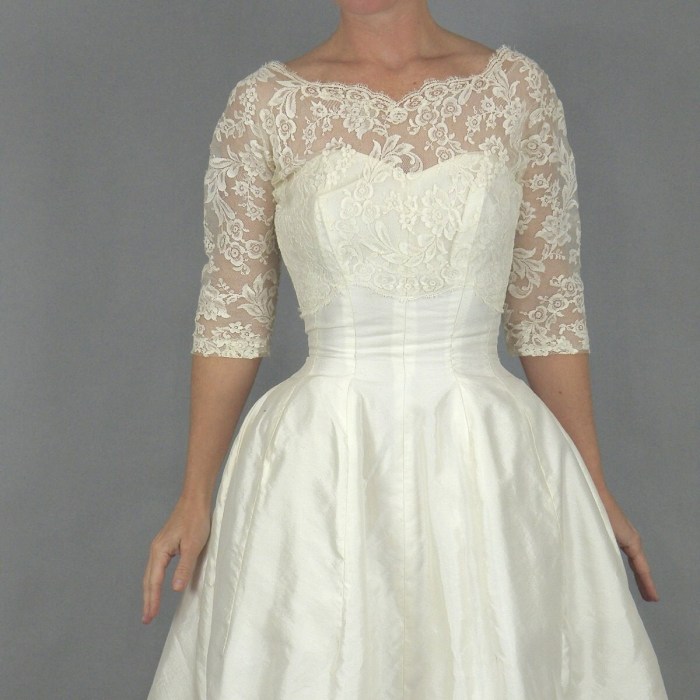Rose Design Applications: Contoh Desain Bunga Mawar
Contoh desain bunga mawar – The rose, a symbol of love, beauty, and passion, transcends its botanical form to become a versatile design element across numerous applications. Its elegant curves and intricate details lend themselves to diverse aesthetic interpretations, making it a timeless choice for designers. This section explores the adaptation of rose designs across various contexts and demonstrates the design principles involved in their successful integration.Rose designs are adapted to suit the specific requirements and aesthetic of each application.
The level of detail, color palette, and overall style are all carefully considered to ensure the design is both visually appealing and contextually appropriate.
Rose Designs in Wedding Invitations, Contoh desain bunga mawar
Wedding invitations often utilize rose designs to convey romance and elegance. The roses might be depicted realistically, with detailed petals and subtle shading, or stylized into a more abstract or minimalist form. Color palettes typically range from classic ivory and blush pink to bolder shades depending on the wedding’s theme. For a rustic wedding, a watercolor-style rose with muted tones might be employed, while a modern wedding might feature a geometrically simplified rose in a vibrant color.
The overall design should complement the typography and layout of the invitation, creating a cohesive and visually stunning piece.
Rose Designs in Greeting Cards
Rose designs in greeting cards serve to express various emotions, from love and appreciation to sympathy and remembrance. The style of the rose design is heavily influenced by the card’s intended purpose. A birthday card might feature a playful, cartoonish rose, while a sympathy card would likely employ a more realistic and somber depiction. Color choices also play a significant role; vibrant hues are often used for celebratory cards, while muted tones are preferred for more somber occasions.
The design should be simple and impactful, ensuring the message is easily understood and the rose design enhances the overall sentiment.
Rose Designs in Clothing Patterns
Rose designs are frequently incorporated into clothing patterns, adding a touch of femininity and elegance. The design might be a repeating pattern of small, stylized roses, a larger, more prominent rose motif, or an intricate floral arrangement incorporating roses as a central element. The scale and style of the rose design will depend on the type of garment and its intended audience.
A delicate, small-scale rose pattern might be suitable for a dress, while a larger, bolder rose might be appropriate for a scarf or other accessory. The choice of fabric and printing method also influence the final appearance of the rose design.
Rose Designs in Logos
Rose designs can be effectively used in logos to convey various brand messages. A realistic rose might represent luxury and tradition, while a stylized rose could symbolize modernity and innovation. The design needs to be simple, memorable, and easily scalable to different sizes and applications. Color choices should reflect the brand’s identity and target audience. A classic rose in deep red might be suitable for a wine company, while a more abstract rose in pastel shades might be appropriate for a beauty brand.
The logo’s design must be versatile enough to work well across different platforms, from websites and social media to printed materials.
Rose Design Applications Table
| Application | Target Audience | Aesthetic | Design Adaptations |
|---|---|---|---|
| Wedding Invitations | Couples planning weddings | Romantic, elegant, sophisticated | Detailed or stylized roses, appropriate color palette, cohesive layout |
| Greeting Cards | General public | Varied, depending on occasion | Style and color choices reflect the card’s purpose |
| Clothing Patterns | Fashion-conscious individuals | Feminine, elegant, playful (depending on style) | Scale, style, and fabric choice influence the final look |
| Logos | Brand’s target market | Reflects brand identity and message | Simple, memorable, scalable design; appropriate color choice |
Integrating Rose Designs into Different Layout Formats
Rose designs can be successfully integrated into various layout formats, each conveying a different visual impact.Symmetrical layouts create a sense of balance and harmony. A central rose motif, flanked by symmetrical elements, would exemplify this. The design principles of balance, unity, and proportion are crucial here. The symmetrical placement of elements ensures visual equilibrium, making the design feel stable and harmonious.Asymmetrical layouts offer a more dynamic and visually exciting composition.
A single, off-center rose might be the focal point, surrounded by other elements that create visual interest without perfect symmetry. The design principles of visual weight, contrast, and movement are key to successful asymmetrical designs. The asymmetry generates a sense of energy and spontaneity.Radial layouts, with elements radiating outwards from a central point, create a sense of movement and energy.
A rose placed at the center, with other elements extending outwards, would effectively utilize this layout. The design principles of rhythm, repetition, and radiation are important considerations. The radial arrangement directs the viewer’s eye towards the central rose.
FAQ Guide
What software is best for digital rose design?
Procreate, Photoshop, and Affinity Designer are popular choices, each offering unique strengths.
How can I create a realistic rose drawing?
Focus on observing real roses closely, paying attention to petal shapes, light and shadow, and subtle details. Practice drawing individual petals before assembling them into a complete rose.
Where can I find inspiration for rose designs?
Botanical illustrations, vintage postcards, and even photographs of roses in nature are great sources of inspiration.
What are some common mistakes to avoid when designing roses?
Avoid overly symmetrical petals, neglecting shadows and highlights, and using unrealistic color combinations.




